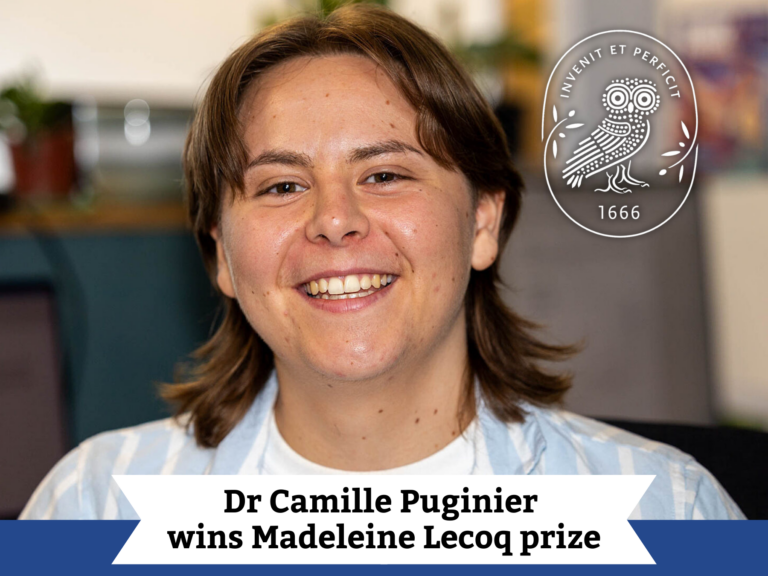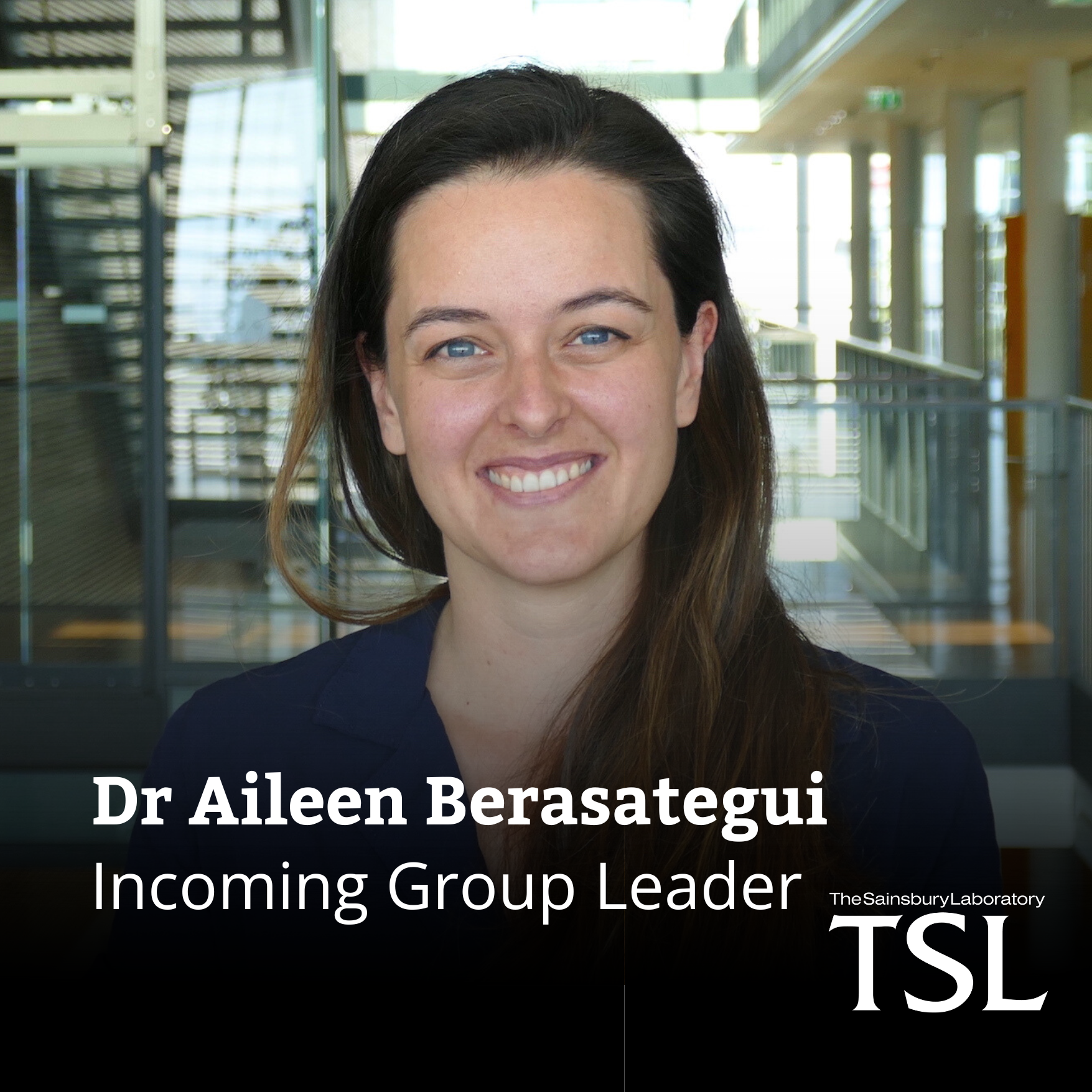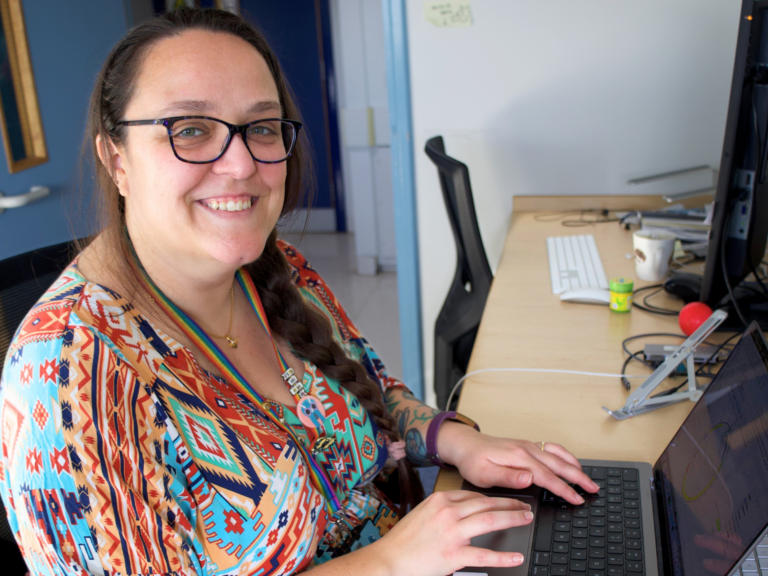Major Funding for Ash Dieback Fightback
The first DNA sequence data on the ash dieback fungus has been made freely available on crowdsourcing website OpenAshDieBack by scientists receiving major funding for a two-year research project.
More sequence will be published online and “live reviewed” as it is generated by multiple research partners led by The Sainsbury Laboratory and the John Innes Centre. With £1.5 million from the BBSRC they will collaborate to analyse the full genomes of ash and the ash dieback fungus Chalara fraxinea.
Researchers from around the world are invited to help analyse the DNA sequences and to peer review analysis made by others. In the longer term, genetically mapping the ash genes that confer resistance to the pathogen could pave the way for recovery from the epidemic.
“With this funding and by making all our discoveries freely and immediately available, this will no longer be a Cinderella area of research,” said project leader Professor Allan Downie from the John Innes Centre.
“We won’t be able to solve the whole problem in the life of this collaboration. However, we aim to use new technologies to help tree breeders select the best trees to cross-fertilise. We hope to generate the knowledge needed to understand why this fungus has become such a problem. That knowledge will catalyse further research around the world.”
It will be the first time that some advanced genetic techniques such as ‘associative transcriptomics’ are used in trees. This is where the expressed genes of plant varieties are compared to identify markers for traits. These can be used to speed up marker assisted breeding.
“Ash and Chalara genomics have never before been studied in the level of detail we are doing,” said Downie.
‘Tree 35’
The scientists will focus part of their ash research on ‘Tree 35’, a tree in Denmark that survived the epidemic that wiped out 98% of the rest of the population. By mapping the genomes of ‘Tree 35’ and other trees with low susceptibility, they will be able to establish the genetic basis of resistance.
Ash is highly variable because mother trees can have multiple partners. If, within this variation, different types of ash show some resistance, the scientists will be able to recommend building stronger resistance based on multiple crosses. Different crosses for different environments will also need to be suggested, to breed resistant trees adapted to specific conditions.
First fungal DNA sequence
The first DNA sequence data from ash dieback samples collected from two Norfolk woods show marked differences. Further research with up to 30 samples from across the UK and mainland Europe will reveal whether the disease is spread by one isolate of the fungus or by a complex mixture collecting diversity as it colonises new areas.
Current fungicides can not be used as they would also kill fungi that help plants acquire nutrients from the soil and that recycle dead forest material. For example, there are 407 identified species of fungi in Ashwellthorpe Wood in Norfolk where the disease was first discovered in the UK.
“I have been volunteering for 20 years in the wood where we discovered the disease,” said JIC’s Dr Anne Edwards.
“The wood dates back to the Domesday Book and contains coppiced ash stools that could be700 years old.”
“We are not going to just let the fungus take over without at least seeing if anything can be done to halt its progress.”
Open access research
The first data are DNA sequence fragments from the fungal chromosome andsequences from the genes expressed by the fungus during its growth in ash trees. By making them immediately and freely available, a whole community of scientists can help piece them together. Other experts may recognise genes that are found in other organisms and be able to identify what role they play.
"Since we went live with OpenAshDieBack in December, more than 20 scientists throughout the world have downloaded the data and contributed analyses.”
“This is not how science normally works, but finding solutions is the priority," said head of The Sainsbury Laboratory Professor Sophien Kamoun.
Infected trees are now confirmed in 386 sites across the UK with the largest clusters in East Anglia and the South East. The resources created during this project will also be transferable to other emerging pathogens, increasing the UK’s readiness to respond to them.
The research collaborators:
East Malling Research
The Food and Environment Research Agency
Forest Research
The Genepool at the University of Edinburgh
The Genome Analysis Centre
John Innes Centre
Norwegian Forest and Landscape institute
The Sainsbury Laboratory
University of Copenhagen
University of Exeter
The project partners will also collaborate with NERC-funded researchers at Queen Mary College, University of London


